Di Jasio - Programming 32-bit microcontrollers in C: exploring the PIC32
Here you can read online Di Jasio - Programming 32-bit microcontrollers in C: exploring the PIC32 full text of the book (entire story) in english for free. Download pdf and epub, get meaning, cover and reviews about this ebook. City: Amsterdam, year: 2008, publisher: Newnes;Elsevier, genre: Home and family. Description of the work, (preface) as well as reviews are available. Best literature library LitArk.com created for fans of good reading and offers a wide selection of genres:
Romance novel
Science fiction
Adventure
Detective
Science
History
Home and family
Prose
Art
Politics
Computer
Non-fiction
Religion
Business
Children
Humor
Choose a favorite category and find really read worthwhile books. Enjoy immersion in the world of imagination, feel the emotions of the characters or learn something new for yourself, make an fascinating discovery.

- Book:Programming 32-bit microcontrollers in C: exploring the PIC32
- Author:
- Publisher:Newnes;Elsevier
- Genre:
- Year:2008
- City:Amsterdam
- Rating:4 / 5
- Favourites:Add to favourites
- Your mark:
Programming 32-bit microcontrollers in C: exploring the PIC32: summary, description and annotation
We offer to read an annotation, description, summary or preface (depends on what the author of the book "Programming 32-bit microcontrollers in C: exploring the PIC32" wrote himself). If you haven't found the necessary information about the book — write in the comments, we will try to find it.
Lucio Di Jasio, a long time Microchip insider, after the successful book on the 16-bit PIC24 architecture published in early 2007, has now taken on the new challenge of exploring the PIC32 architecture to verify the claims of compatibility, ease of use and performance. Follow him through 15 extraordinary and fun projects (including audio and video) while learning to program in C language for 32-bit embedded control applications. Day 1 And the adventure begins Day 2 Walking in circles Day 3 Message in a Bottle Day 4 NUMB3RS Day 5 Interrupts Day 6 Memory Part 2 Experimenting Day 7 Running Day 8 Communication Day 9 Links Day 10 Glass = Bliss Day 11 Its an analog world Part 3 Expansion Day 12 Capturing User Inputs Day 13 UTube Day 14 Mass Storage Day 15 File I/O Day 16 Musica Maestro! *32-bit microcontrollers are becoming the technology of choice for high performance embedded control applications including portable media players, cell phones, and GPS receivers.-
*Learn to use the C programming language for advanced embedded control designs and/or learn to migrate your applications from previous 8 and 16-bit architectures. *All code examples and software tools required to get acquainted with Microchips MPLAB development environment, and to complete all the projects described in the book, are offered in the attached CDROM including the MPLAB C32 C Compiler (free Student Edition) and the full source code for more than 15 entertaining projects. Read more...
Abstract: Embedded control designers have been constantly asking for more performance, more memory and more power to complete ever more advanced applications. Microchip latest and greatest 32-bit architecture, the PIC32, has been designed specifically to fulfill those demands offering an unprecedented level of performance by merging seamlessly the industry acclaimed MIPS 32-bit core with the trusted peripheral and feature set, common to all previous generations of PIC microcontrollers, that has made Microchip a world leader in embedded control. The result is an immediate sensation of familiarity and ease of use for all previous PIC microcontroller users and a refreshing sensation of power and friendliness for all those approaching the 32-bit world for the first time.-
Lucio Di Jasio, a long time Microchip insider, after the successful book on the 16-bit PIC24 architecture published in early 2007, has now taken on the new challenge of exploring the PIC32 architecture to verify the claims of compatibility, ease of use and performance. Follow him through 15 extraordinary and fun projects (including audio and video) while learning to program in C language for 32-bit embedded control applications. Day 1 And the adventure begins Day 2 Walking in circles Day 3 Message in a Bottle Day 4 NUMB3RS Day 5 Interrupts Day 6 Memory Part 2 Experimenting Day 7 Running Day 8 Communication Day 9 Links Day 10 Glass = Bliss Day 11 Its an analog world Part 3 Expansion Day 12 Capturing User Inputs Day 13 UTube Day 14 Mass Storage Day 15 File I/O Day 16 Musica Maestro! *32-bit microcontrollers are becoming the technology of choice for high performance embedded control applications including portable media players, cell phones, and GPS receivers.-
*Learn to use the C programming language for advanced embedded control designs and/or learn to migrate your applications from previous 8 and 16-bit architectures. *All code examples and software tools required to get acquainted with Microchips MPLAB development environment, and to complete all the projects described in the book, are offered in the attached CDROM including the MPLAB C32 C Compiler (free Student Edition) and the full source code for more than 15 entertaining projects
Di Jasio: author's other books
Who wrote Programming 32-bit microcontrollers in C: exploring the PIC32? Find out the surname, the name of the author of the book and a list of all author's works by series.

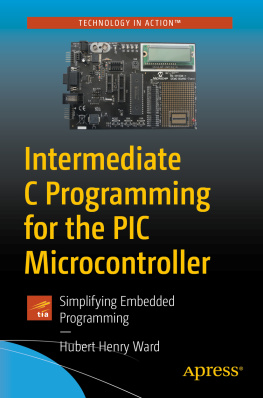
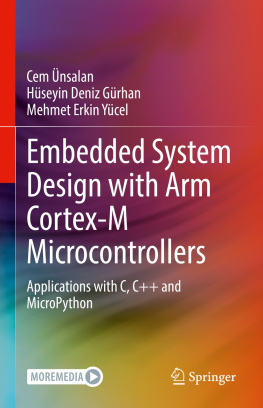

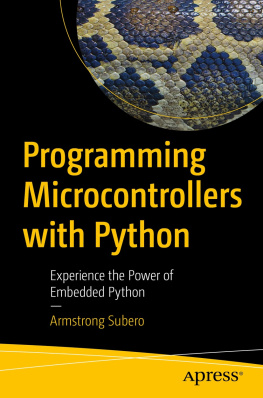
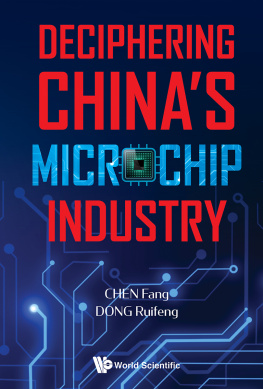
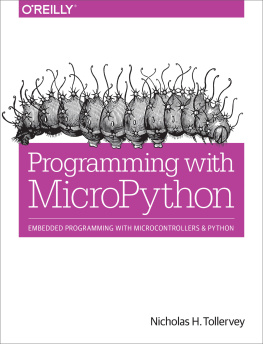
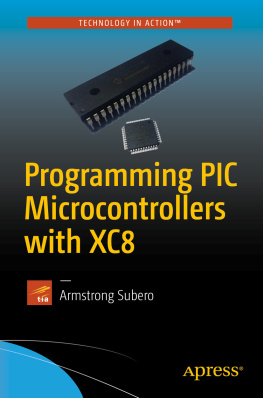

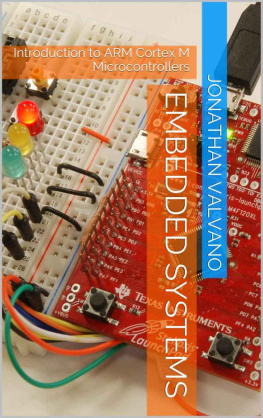

 Recognizing the importance of preserving what has been written, Elsevier prints its books on acid-free paper whenever possible.
Recognizing the importance of preserving what has been written, Elsevier prints its books on acid-free paper whenever possible.